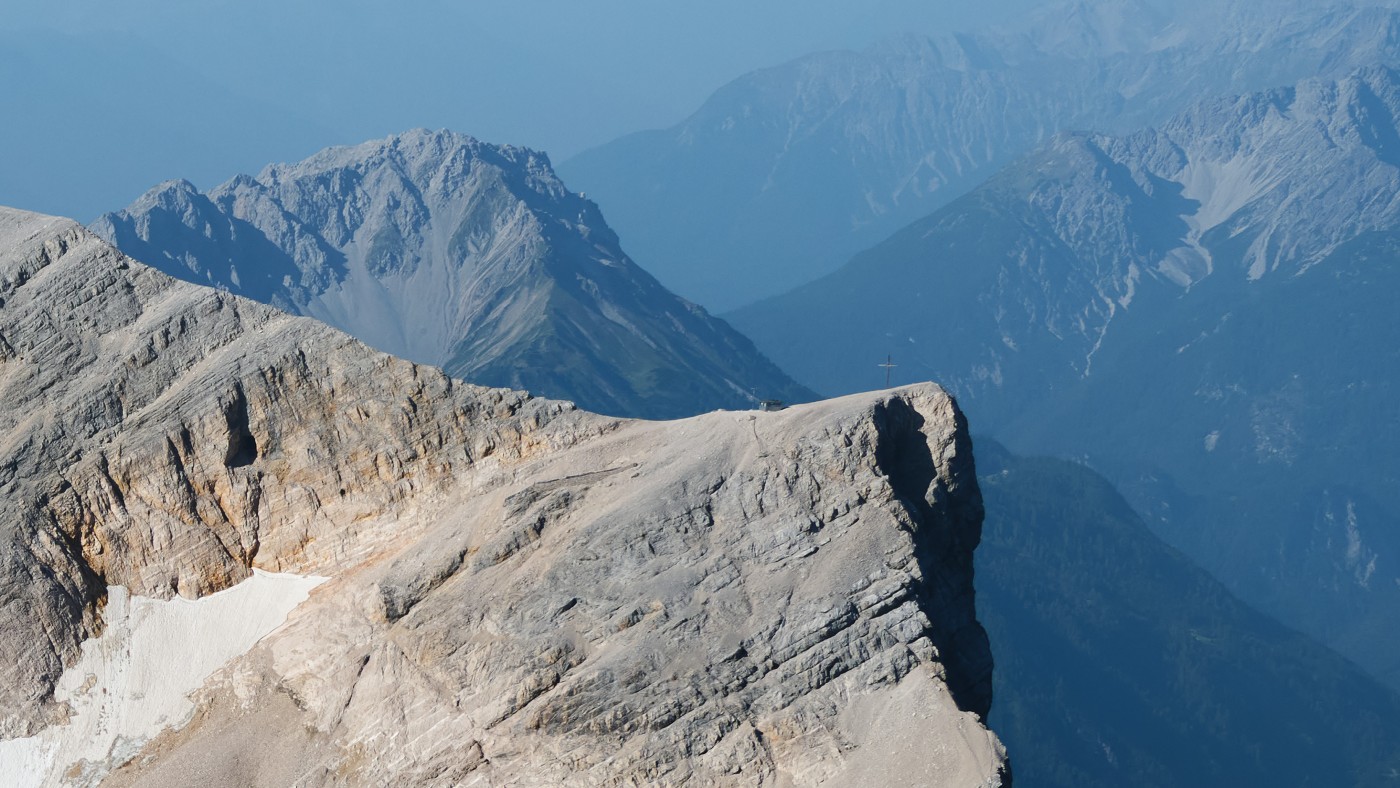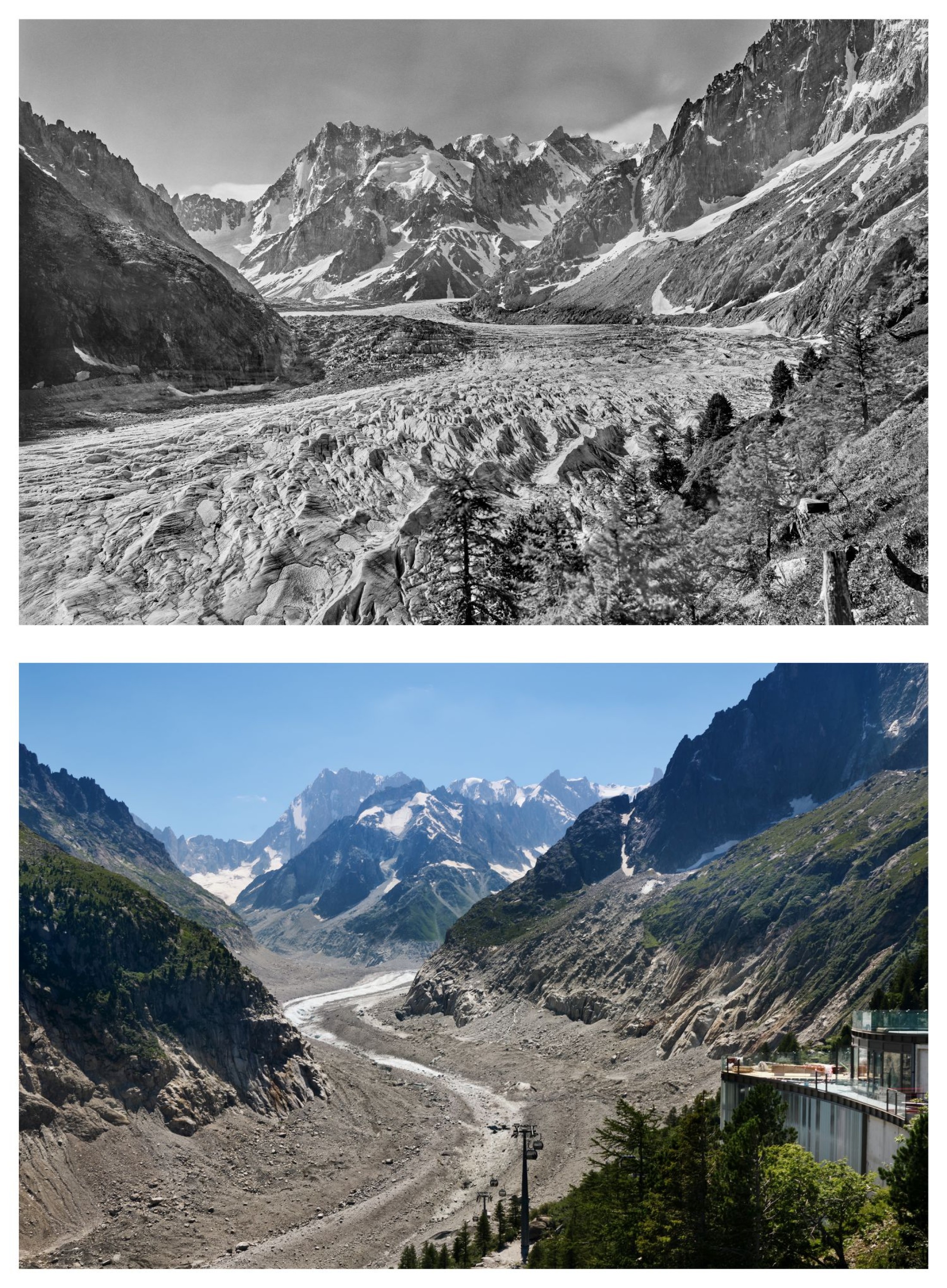Glaciers out of balance
Hallway, Level 1
from 20. November 2025
Glaciers are sensitive climate indicators. More than 99% of glaciers worldwide are melting. Their retreat shows how rapidly
our climate is warming. During interglacial periods, a certain amount of glacier retreat is natural, but this process has
accelerated dramatically in recent decades. The glaciers in our Alps are also melting rapidly and inexorably. Even at high
altitudes, snow is no longer retained throughout the summer months, which means that no new ice can form.
The glaciers in the Alps date back to the last ice age. After growing during the “Little Ice Age,” they reached their last peak around 1850. Today, their ice is rapidly disappearing. According to measurements and forecasts by the Alpine Club, Austria could be largely ice-free in just 40 to 45 years.
A comparison of current images with historical photographs illustrates the extent of glacier retreat throughout the Alpine region.
Jürgen Merz is a glacier photographer who approaches the white giants from different perspectives. He creates classic landscape images, but also looks for historical locations where photographers captured the panorama over a hundred years ago. With his comparative images, he wants to show the beauty of the mountains that is disappearing with climate change and thus encourage people to reflect.
Another focus of his work is documenting glacier caves. The search for abstract structures and patterns in the ice, both up close and from a bird's eye view using drones, rounds off his portfolio as a photographer.
The glaciers in the Alps date back to the last ice age. After growing during the “Little Ice Age,” they reached their last peak around 1850. Today, their ice is rapidly disappearing. According to measurements and forecasts by the Alpine Club, Austria could be largely ice-free in just 40 to 45 years.
A comparison of current images with historical photographs illustrates the extent of glacier retreat throughout the Alpine region.
Jürgen Merz is a glacier photographer who approaches the white giants from different perspectives. He creates classic landscape images, but also looks for historical locations where photographers captured the panorama over a hundred years ago. With his comparative images, he wants to show the beauty of the mountains that is disappearing with climate change and thus encourage people to reflect.
Another focus of his work is documenting glacier caves. The search for abstract structures and patterns in the ice, both up close and from a bird's eye view using drones, rounds off his portfolio as a photographer.

© Jürgen Merz

© Schweizerische Nationalbibliothek, Eidgenössisches Archiv für Denkmalpflege: Archiv Wehrli;
Jürgen Merz

© Schweizerische Nationalbibliothek, Eidgenössisches Archiv für Denkmalpflege: Archiv Wehrli;
Jürgen Merz

